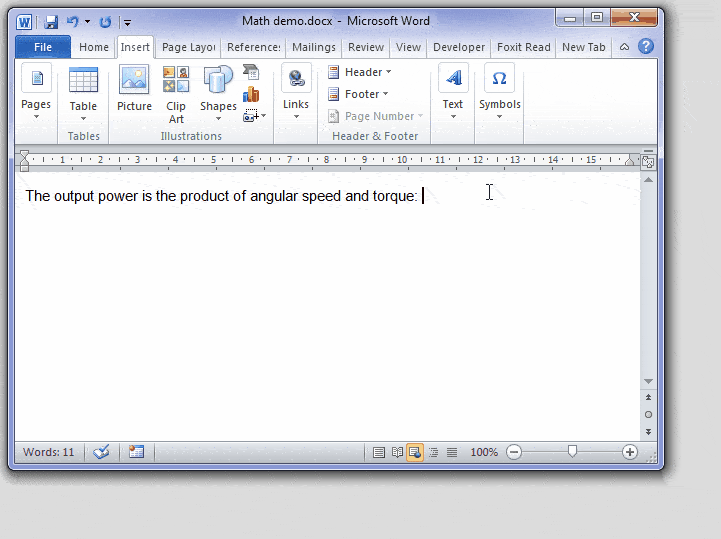

Clipboardīecause of the limitations of web browser technology, copying and pasting text in Microsoft 365 for the web differs from copying and pasting text in the Office desktop applications. Learn more about creating a bibliography in Word 2013. If you have the Word desktop app installed on your computer, then you can use Word to add a bibliography and citations to your document. You can view existing citations in Word for the web, but you can't add citations. Learn more about adding captions in Word 2013. If you have the Word desktop app installed on your computer, then you can use Word to add captions to a document. Learn more about differences between using a document in the browser and in Word. Click the Increase Indent and Decrease Indent buttons to change the list level for existing bulleted and numbered lists in the document, as well as those created in the Word desktop app. With Word for the web, you can apply a choice of three bullet styles or five numbering styles. To learn more, see Add a content type to a list or library. However, customers can configure a document library to launch a custom template when a user creates a new document. Advanced design features, such as starting documents from a large selection of professionally designed templates hosted on, are only available in the Word desktop app. Browse and start from professionally designed templates To learn more, see Automatically insert text. You create AutoText entries by adding selected text to the AutoText gallery. This is useful, for example, when you need to repeatedly enter the same large block of text and the text contains a lot of formatting. You can insert blocks of preformatted text using AutoText from your AutoText gallery.

Word for the web automatically saves your document when you make changes. You can get an add-in for Word from the Office Store. The paragraph and character styles that are saved in a document are available to be applied to text in Word for the web. Rulers and gridlines are not available in Word for the web.

Word for the web (formerly Word Web App) extends your Microsoft Word experience to the web browser, where you can work with documents directly on the website where the document is stored.


 0 kommentar(er)
0 kommentar(er)
